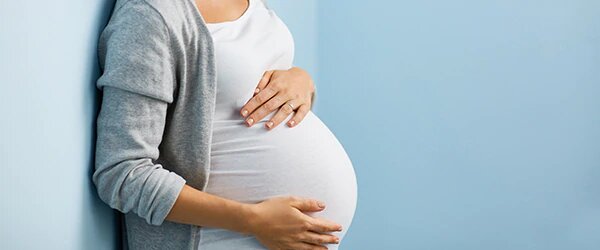Pregnancy eczema
In addition to these physiological and relatively harmless changes, there are a certain number of skin diseases (or dermatoses) specific to pregnancy: one of them is called gravidic atopic eczema. This eczema appears specifically during pregnancy and is referred to as "pregnancy eczema", most often occurring in the context of personal or family atopy. The skin is dry and becomes covered with eczema plaques, particularly in the skin folds, arms and legs. The lives of mother and child are not at risk. However, the disease can reappear during future pregnancies; the child is also more at risk of developing atopic dermatitis.
Evolution of eczema during pregnancy
When a pregnant woman has already had eczema before pregnancy, the disease's development is simply unpredictable: it either gets better, or worse. This is when the future moms tend to blame themselves and become frightened of passing on the disease to their child. It is true that the unborn child runs a greater risk of having eczema because he or she inherits half of the mother's genes. But eczema is not transmitted like an infectious disease: the future mom can have eczema throughout her entire pregnancy and then give birth to a child who will never have eczema!
Treatment of eczema during pregnancy
Eczema treatments are always the same, whether the person is pregnant or not. Topical corticosteroids and emollient products can be used safely throughout pregnancy.

